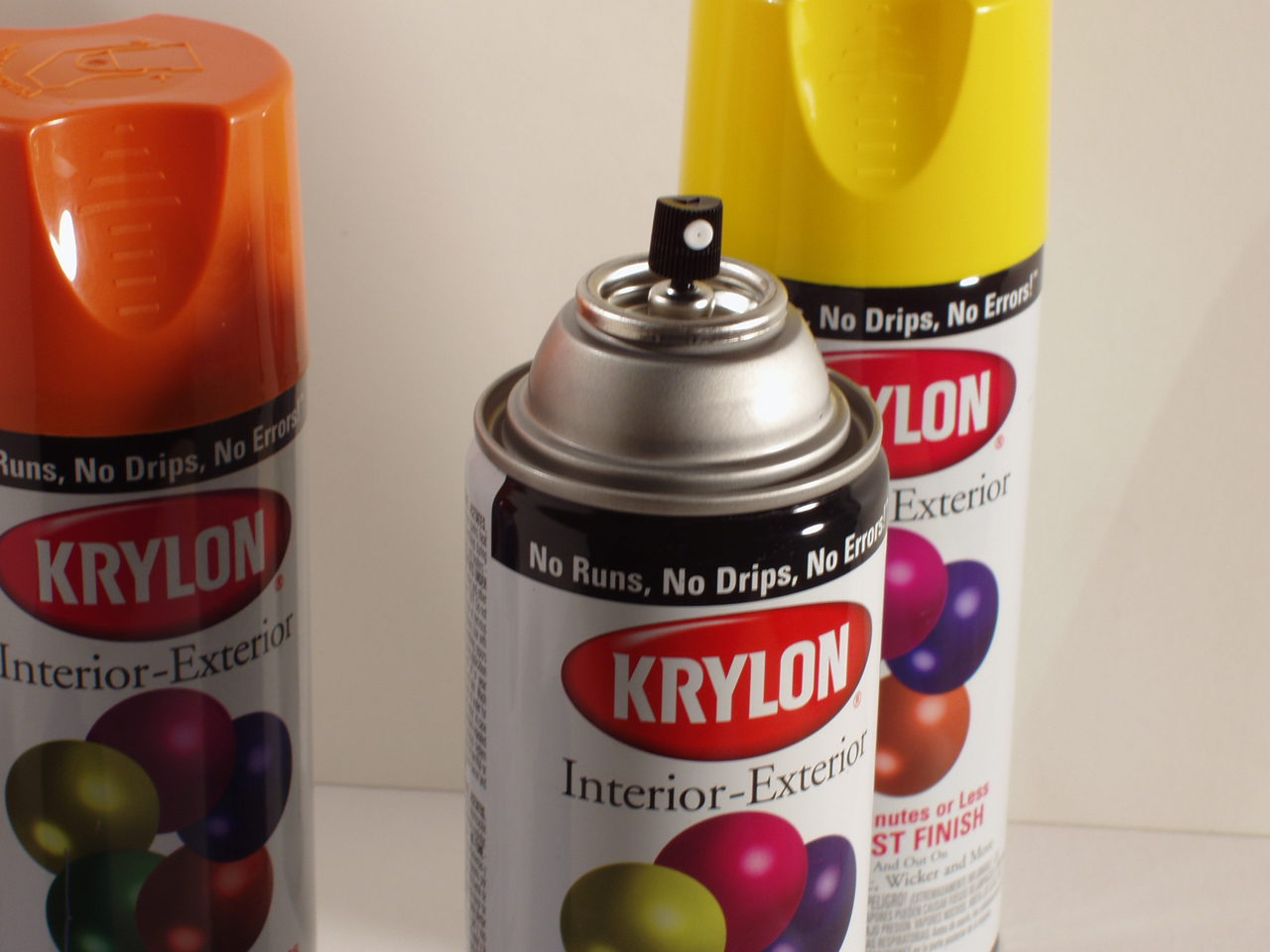According to a study conducted annually by Monitoring the Future, a group that has continually monitored drug use, abuse and addiction among teens since 1975, most teens who use inhalants are some of the youngest in their study.
Teen Inhalant Abuse
Of the eighth graders surveyed, 14.5 percent of them admitted to having used an inhalant for the purpose of getting high in their lifetime. More than 8th percent had used an inhalant in the year prior to the study. The numbers decline for the 10th graders and again for 12th graders, indicating that inhalant use may be replaced with more significant drug abuse as the teens get older and enter high school.
According to the Alliance for Consumer Education’s Inhalant Abuse Prevention program, inhalants are as common as marijuana use among young people today. Inhalants are often the drug of first experience for children as young as 10 years. Children as young as six years of age can easily discover the effects of inhalants with the glue and marker products they use in school each day.
Inhalant abuse is a problem among teens mostly because of the ease with which they can obtain the materials they need.
Parents and school officials are continually improving awareness about the dangers of inhalant abuse. Understanding what inhalant abuse is and how it affects the body is important.
What Is an Inhalant?
The chemicals that teens choose to inhale generally contain volatile materials such as those found in solvents, aerosols and many gasses.

The danger that comes from this type of chemical abuse is that the teens do not understand the risks they are taking. They do not necessarily understand that using inhalants to alter their states of mind is drug abuse. The products they are using are found in the average home or garage and legally sold to teens every day. Therefore, in their minds, they are not endangering themselves or others through the use of these dangerous chemicals.
Short-Term Effects of Inhalants
Teens use inhalants and other drugs for the immediate effects they gain from the substances they choose. Inhalants have many of the same effects as alcohol abuse or intoxication, including:
- Slurred speech
- Numbness
- Tingling in the hands and feet
- Depressed reflexes
- Lack of coordination
- Dizziness
- Impaired judgment
In the case of inhalants, other immediate effects can be permanent and more dangerous than other drugs. In addition to the short-lived euphoria that comes from inhalant intoxication, for instance, a teen who chooses to inhale certain chemicals might experience:
Long-Term Effects of Inhalants
Using inhalants over a long period of time can certainly increase the risks for all of the immediate and short-term effects of inhalant abuse. Every time a teen engages in inhalant abuse, they place themselves on a roulette wheel of permanent damage.
Some additional problems teens who use inhalants regularly can expect are:
- Weight loss
- Disorientation (like that of being permanently “punch drunk”)
- Liver and kidney disorders
- Inattentiveness
- Irritability and depression
Some of this damage may be reversible, but other damage like hearing loss or limb spasms is likely permanent.
Risk of Sudden Death
So many teens have died as the result of inhalant abuse that the medical community has named the phenomenon “sudden sniffing death syndrome.”
Sudden sniffing death syndrome is related to the heart and usually consists of a heart attack in an otherwise healthy young person. The heart beats so erratically due to the influence of the inhaled chemical that it simply stops working altogether. The teen dies of cardiac arrest after even one use of an inhalant.
Generally, this type of sudden death is related to certain inhalants more than others, including:
- Air conditioning coolant
- Some aerosols
- Butane
- Propane
These chemicals do not offer the only risk of death, however. Because inhalants replace oxygen in the body, thus resulting in the teens are seeking, suffocation is a risk for heavy inhalant use.
Why Do Teens Abuse Inhalants or Other Drugs?
Teens use drugs for a variety of reasons. They may have a compelling desire to fit in with their friends, or they may be suffering from undiagnosed mental illness in some form. Children specifically choose inhalants, as mentioned above, because they are easily obtainable. However, it is important to discover why the child or teen would choose to ingest any drug.
It is important to determine whether a teen is suffering from a dual diagnosis in order to treat the underlying issues that have contributed to the teen’s use of illicit or common substances to escape their reality.
Inhalant Addiction
The National Institute on Drug Abuse in the United States has formed an international cooperative, NIDA International, which has focused attention on the addictive nature of inhalants.
Because teens and others who use inhalants as a means to alter their states of mind develop a tolerance to the chemicals they choose inhale, greater amounts of the chemical must be inhaled to reach their desired state of euphoria. This is just one of the criteria for addiction as defined in the Diagnostic and Statistical Manual for Mental Illness (DSM). The others include:
- Lack of ability to stop using a chosen drug or substance
- Inability to meet family, scholastic or other responsibilities
- Continued use of a drug or substance despite the harmful effects
Like any addiction, the help of a qualified treatment program may be necessary to help the child enter recovery.
Warning Signs of Inhalant Abuse
When a young teen begins to use inhalants on a regular basis, they will most likely undergo serious changes in their lifestyle or demeanor.
Parents can watch for several indicators for inhalant abuse, such as:
- Appear dazed or dizzy as though they are drunk
- Slurred speech patterns or seem disoriented to the conversation
- Runny nose, eyes or redness of the eyes
- Unusual breath odor (not necessarily bad breath or halitosis)
- Chemical odors on their clothes or hands
- Nausea or loss of appetite
- Anxiety or irritability, quick to anger
- Restlessness
- Sores around the mouth or nose
- Hallucinations
There are additional warning signs that may not manifest in the child’s behavior, such as:
- Hiding rags in their room, in a closet or under their bed or mattress
- Hiding empty containers that may contain the volatile substances
- Sniffing their sleeves or fingernails
- Holding a toxic pen close to their mouth or nose
- Carrying typing correction fluid on their person regularly, polishing nails with correction fluid
- Carrying butane lighters in their pockets or backpack when they do not smoke
- Stains from paint or pens on their fingers routinely
How Can I Protect My Teen From Inhalant Abuse?
Any parent will tell you that teens have some fairly uncommon habits. Some of these warning signs may be indicative of nothing more than a burgeoning interest in art, for instance. However, the dangers of inhalant abuse are severe enough that even mild suspicion that your child may be abusing inhalants is enough to educate your child about the dangers involved. Open, honest and respectful communication is the key to helping your child understand the hazards they are facing. Educate them as much as possible and if you suspect your child is abusing inhalants, contact us at Newport Academy.
One of our experts can answer any questions you have about teen addiction and the recovery process.






